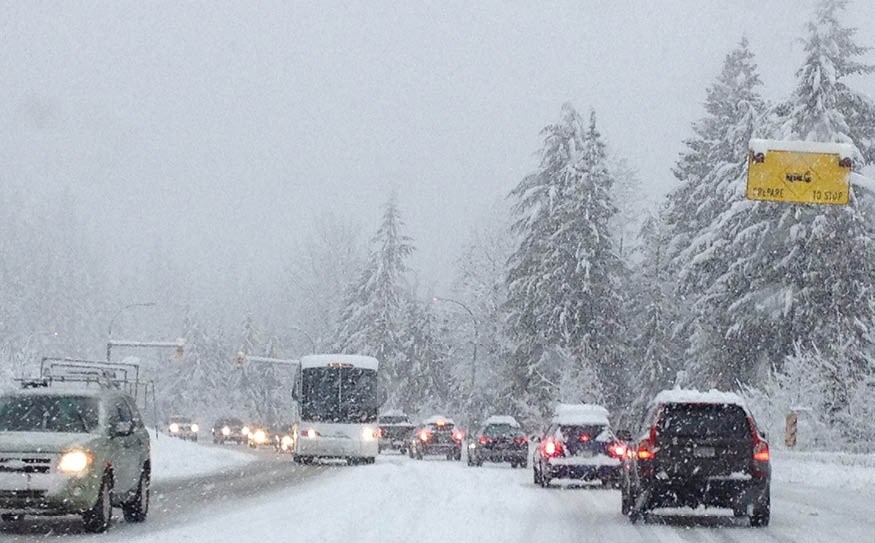Thank you Al Whitney for your out-of-the-box idea (“Letter: A simple solution for Highway 99 congestion in Whistler,” Pique, Jan. 3) to open up the “third lane” on Highway 99— used during the 2010 Olympics—to allow for alternating two-lane traffic to alleviate Whistler’s congestion woes.
Without getting into all the cone-shifting complexities, the idea that there is an unused existing third lane between Function Junction and Lorimer Road is definitely worth exploring.
But not in more private vehicles.
Unfortunately, Mr. Whitney falls victim to the prevailing orthodoxy that adding road capacity will reduce congestion. In the short run it does, but it also encourages more car travel, which eventually brings back congestion, only with far more vehicles on the road. (Moving vehicles emit far more pollution and GHGs than idling ones, BTW). This is called induced demand. Not smart.
Further, adding more cars runs exactly counter to the province’s goal of a 30-per-cent reduction in vehicle-kilometres travelled by 2030—or about two per cent a year—and the Resort Municipality of Whistler’s climate change targets.
In the interests of not letting the perfect be the enemy of the good, let me suggest an amendment to Mr. Whitney’s idea (presumably one already on some traffic planner’s radar): yes, open up the third lane, but think about moving people, not cars.
Reserve it for buses, shuttles, taxis, e-bikes and bicycles (enforcing a 1.5-metre safe passing distance between vehicles and bicycles).
Cars and trucks would still have the same road space they do now. And yes, admittedly, without Mr. Whitney’s daily traffic cone choreography, the third lane would only relieve congestion in one direction, say southbound. But isn’t that 50-per-cent better than no relief at all?
It’s well-known that improving speed, frequency and reliability of transit attracts riders. A bus lane, even if it’s only going in one direction, would get some people out of their cars, perhaps enough to take enough local traffic off the road to significantly speed up car travel in both directions.
A semi-protected bike lane, direct and efficient, would definitely attract bike riders, particularly from the growing ranks of e-bike and e-cargo bike owners, also replacing car trips. (No doubt Valley Trail walkers would be happy to see speeding commuter cyclists diverted to the highway.)
To those who think cycling is a three-month mode, cyclists in Copenhagen roll right through winters colder than Whistler’s, because it’s a convenient and safe way to get around and cycle routes are plowed and sanded regularly.
Removing a small number of vehicles can have a disproportionately positive impact on speeding up traffic flow.
A new transit/bike lane—even just in one direction—might just do that, while indisputably reducing pollution, GHGs, traffic accidents and commuter fuel costs, enhancing the convenience, affordability and financial feasibility of transit, and adding the health and happiness that come with cycling.
And if someone can figure out the daily traffic cone dance and traffic light coordination suggested by Mr. Whitney, let’s do that too!




